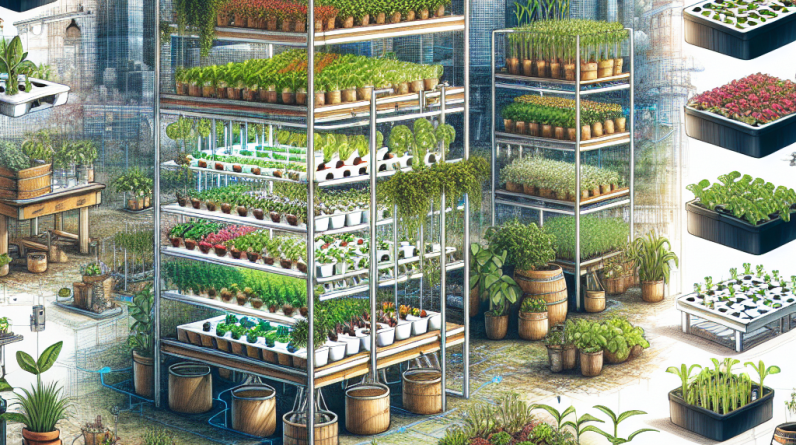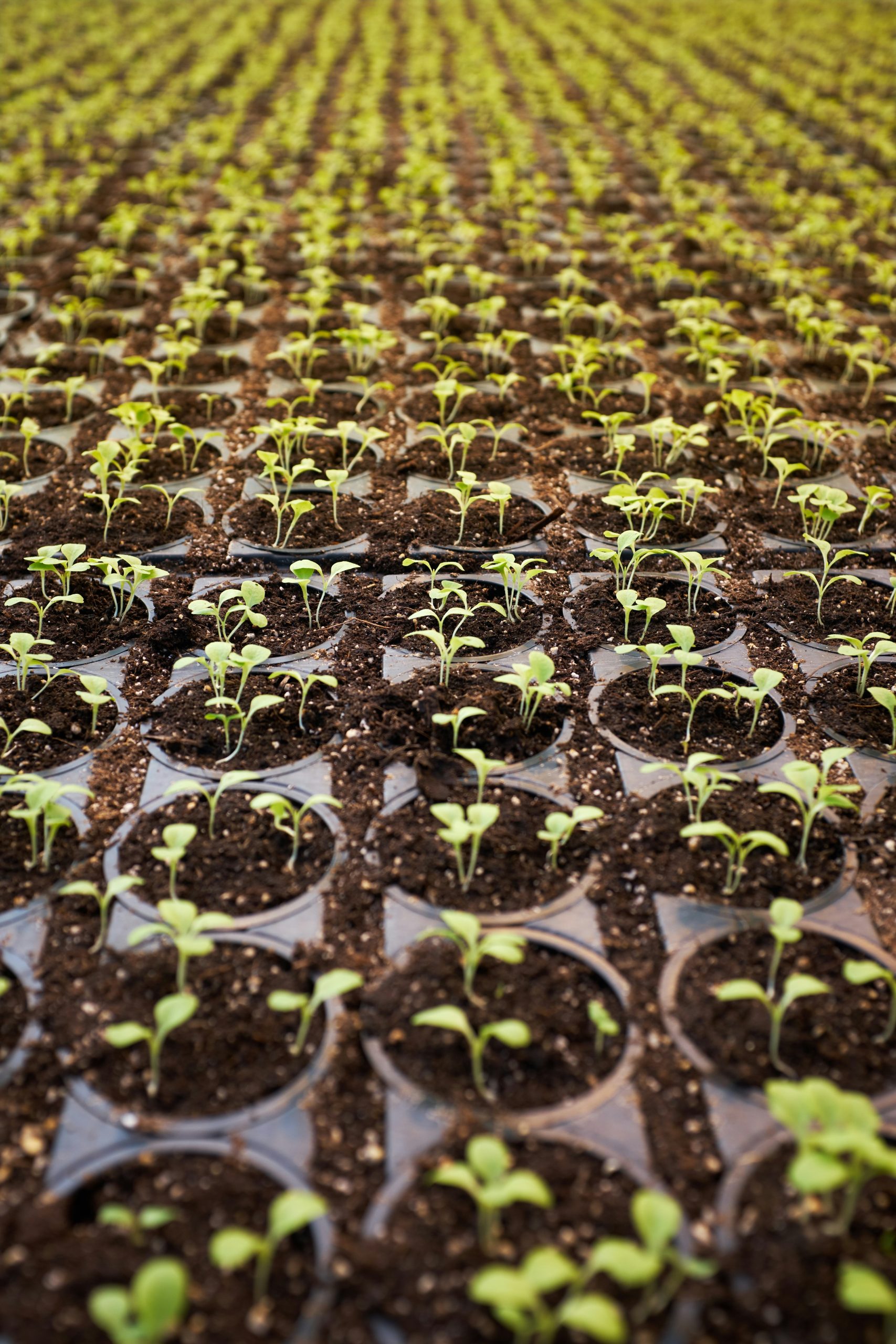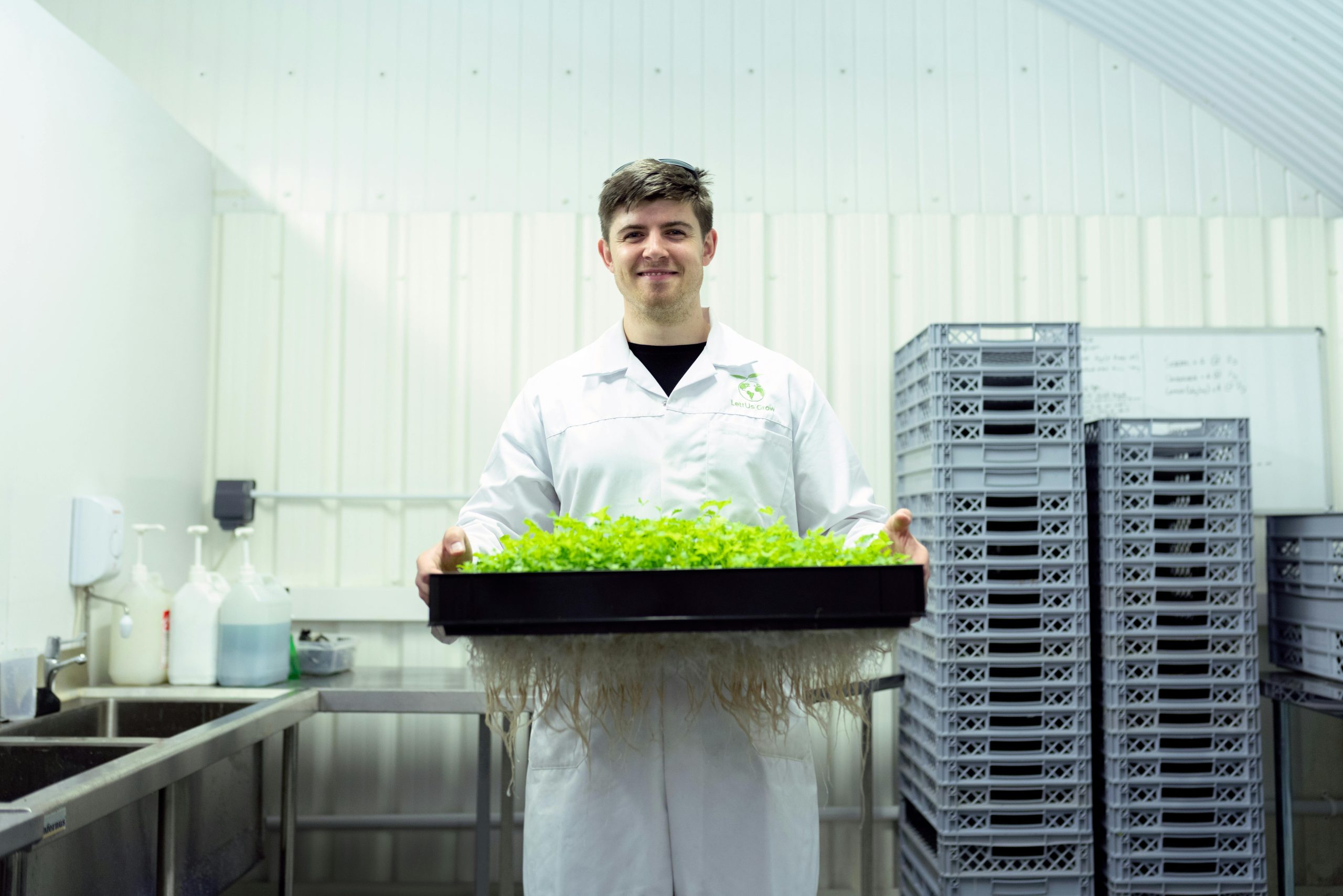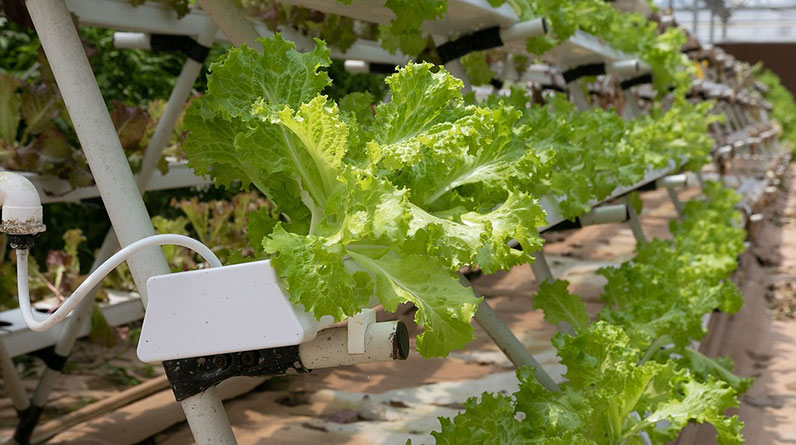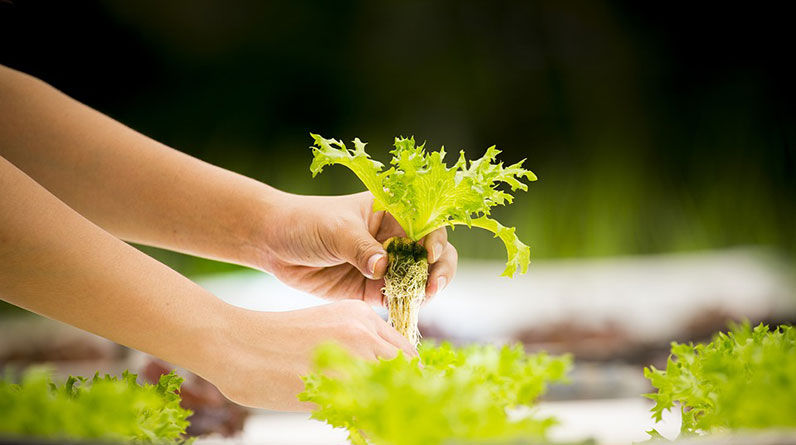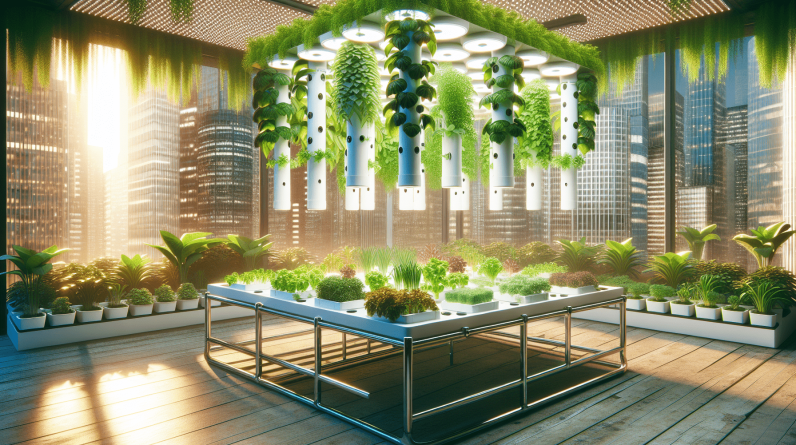
- 1. Choose the Right Hydroponic System Type
- 2. Select Quality Supplies and Materials
- 3. Design a Well-Balanced Nutrient Delivery System
- 4. Set Up Proper Lighting and Environment Control
- 5. Monitor and Adjust pH and Nutrient Levels
- 6. Maintain Cleanliness and Prevent Pests
- 7. Plan for Scalability and Future Expansion
1. Choose the Right Hydroponic System Type
Understanding Different Hydroponic Systems
When learning how to build a hydroponic system, the first step is understanding the various types available. Common options include nutrient film technique (NFT), deep water culture (DWC), ebb and flow (flood and drain), and drip systems. Each has its advantages depending on what you’re growing, available space, and skill level. For example, NFT is ideal for leafy greens, while DWC works well for larger plants like tomatoes.
In 2025, many growers favor modular systems that can be easily customized and scaled. Using proven designs ensures that beginners and experienced growers alike can develop a reliable setup without unnecessary complications. I recommend starting with a system that suits your crop requirements and expands as your confidence grows.
Choosing the right system also involves considering resource efficiency, ease of maintenance, and initial setup costs. Research current trends and innovations, such as automation integrations, which can make managing your hydroponic garden more straightforward and productive.
Matching Your Goals and Space
Your goalsâwhether growing for personal use or commercial purposesâwill influence your choice. Small indoor setups might benefit from compact systems like Kratky or small NFT units, while larger indoor or outdoor farms may require more robust solutions like flood-and-drain systems.
Consider available space and environmental factors. For example, if you’re limited on space, vertical stacking can maximize your area. Conversely, outdoor setups may need weather-resistant components. By aligning your goals with the right hydroponic system, you’ll ensure long-term success and sustainability in 2025.
To make an informed choice, check out current hydroponic system reviews and user experiences shared online. These will give you insights into what works well across different environments and plant types.
2. Select Quality Supplies and Materials
Importance of Premium Components
One of the critical steps in how to build a hydroponic system is selecting high-quality supplies. Cheap, substandard materials can lead to system failures, algae growth, or nutrient imbalances. In 2025, investing in durable, food-safe components is more accessible than ever, thanks to widespread availability and increased demand.
Look for food-grade containers, corrosion-resistant pumps, and UV-resistant tubing. These materials prolong system life and ensure your plants grow in a safe environment. For example, using BPA-free plastics can prevent leaching of harmful chemicals into your nutrient solution.
Remember, the longevity and success of your hydroponic system depend on reliable supplies. Make sure all parts are compatible and approved for hydroponic use, which minimizes troubleshooting and system downtime.
Where to Source Supplies
In 2025, many reliable suppliers offer complete hydroponic kits, making setup easier for newcomers. Specialty gardening stores, online marketplaces, and dedicated hydroponic retailers are excellent sources for high-quality components. Sometimes, investing in a comprehensive kit can save money and ensure compatibility.
Additionally, consider future expansion when selecting supplies. Modular systems and extra components can help you grow beyond initial plans without needing complete overhauls. Be sure to read reviews and compare brands, as quality varies widely.
Pro tip: Look for eco-friendly options that reduce your system’s environmental footprint while maintaining high performance.
3. Design a Well-Balanced Nutrient Delivery System
Choosing the Right Pump and Reservoir
In learning how to build a hydroponic system, designing an efficient nutrient delivery setup is paramount. Start with selecting a reliable water pump that can circulate nutrients evenly throughout your system. For larger setups, variable flow pumps with adjustable speeds are especially useful for fine-tuning delivery rates.
The reservoir size depends on plant volume and system type. In 2025, smart reservoirs with built-in sensors for pH and nutrient levels are increasingly popular, allowing for automatic adjustments and reducing manual labor. This automation enhances precision and consistency in your crop growth.
Ensure the reservoir is opaque or covered to prevent algae growth and contamination. Proper placement and secure connections are also crucial to avoid leaks or blockages, which could disrupt nutrient flow.
Optimizing Nutrient Mixes
Creating a balanced nutrient solution tailored to your plants’ needs is essential. In 2025, most growers use pre-mixed concentrates or custom recipes based on current research. Regular testing of nutrient concentration and pH helps maintain an optimal environment for healthy growth.
Tech advancements have made nutrient management more straightforward. Automated dosing systems allow for precise adjustments, ensuring plants receive exactly what they need without overfeeding or deficiencies. This efficiency leads to faster growth, higher yields, and healthier plants.
Be sure to keep detailed records of your nutrient recipes and adjustments to fine-tune your system over time and adapt to seasonal or crop-specific changes.
4. Set Up Proper Lighting and Environment Control
Lighting Options for Indoor Hydroponics in 2025
Lighting is a critical factor in how to build a hydroponic system, especially for indoor gardens. LED grow lights are the standard in 2025 due to their energy efficiency and customizable spectrums. Selecting the right light spectrumâprimarily blue for vegetative growth and red for floweringâensures robust plant development.
Placement and timing are crucial. Use adjustable hanging systems and timers to mimic natural conditions, promoting healthy cycles. Proper light intensity and duration can significantly influence your crop quality and yield.
Remember, too much or too little light can stress plants, so regular monitoring with light meters helps optimize conditions. Investing in smart lighting systems with automated controls is a smart move for high-tech setups in 2025.
Controlling Temperature and Humidity
The environment around your hydroponic system should be carefully regulated. Maintaining temperatures between 65-75°F (18-24°C) promotes optimal nutrient absorption. Humidity levels should stay between 50-70% to prevent mold and pests.
In 2025, climate control tech like smart thermostats and humidifiers/dehumidifiers simplifies environment management. These tools can be programmed or remotely monitored, making your system more efficient.
Consistent environmental conditions reduce plant stress and improve overall yield. Keep an eye on sensors and alarms to catch issues early, ensuring your hydroponic system remains a success story.
5. Monitor and Adjust pH and Nutrient Levels
Why pH Balance Matters
Understanding how to build a hydroponic system includes maintaining proper pH levels. Most plants thrive when pH is between 5.5 and 6.5. If the pH drifts outside this range, nutrient uptake becomes inefficient, leading to deficiencies or toxicities.
In 2025, digital pH meters and automated controllers are common, making it easier to maintain optimal levels consistently. Regular testingâat least daily for small systemsâis essential for health and productivity.
Calibration of testing equipment and consistent adjustments ensure your plants remain in the sweet spot for growth. Proper pH management is a foundational element of successful hydroponic gardening.
Nutrient Level Management
Maintaining appropriate nutrient concentrations, measured as ppm (parts per million), is crucial. Too high or too low can stunt growth or cause disease. Regular monitoring with EC/ppm meters helps you prevent issues.
Adopting automated dosing and real-time sensors in 2025 simplifies this process, reducing guesswork. Over time, tracking your nutrient levels and adjusting accordingly improves growth rates and yields.
Staying proactive with nutrient management transforms your hydroponic setup into a reliable, high-performing system.
6. Maintain Cleanliness and Prevent Pests
Cleaning Protocols to Prevent Diseases
Keeping your hydroponic system clean is vital to prevent disease build-up and algae growth. Regularly disinfect tanks, trays, and tools with vinegar solutions or specialized cleaners. In 2025, some growers incorporate UV sterilizers and ozone treatments for an extra layer of protection.
Consistent cleaning schedulesâideally weeklyâhelp maintain healthy root zones and system components. Remove any dead or decaying plant matter promptly to prevent mold and bacterial development.
Besides cleanliness, monitoring for pests is essential. Healthy plants are less vulnerable, but vigilance prevents infestations from spreading quickly.
Integrated Pest Management (IPM) Practices
Implementing IPM strategies reduces the need for chemical pesticides, aligning with sustainable practices. Use biological controls, like beneficial insects, and physical barriers to keep pests at bay.
In 2025, smart monitoring tools detect pest activity early, allowing timely intervention. Regular inspection and maintaining a clean environment are your best defenses against pest outbreaks.
Combining cleanliness and IPM creates a resilient hydroponic system that produces high-quality, safe crops.
7. Plan for Scalability and Future Expansion
Designing for Growth
When learning how to build a hydroponic system, think beyond your immediate needs. Designing modular and scalable systems allows you to expand as your interest or business grows. Use standardized components and plan electrical and plumbing layouts with future growth in mind.
In 2025, automated control systems and smart sensors support larger setups, providing real-time data and remote management. This makes scaling manageable and less labor-intensive.
Starting small but planning for expansion can save costs and reduce the need for complete system overhauls later on. Think of your initial build as a foundation for bigger projects.
Budgeting and Resource Allocation
Effective planning includes budgeting for additional supplies, equipment, and ongoing maintenance. Setting aside resources for future upgrades ensures a smooth scaling process. Identify key areas such as lighting, nutrient delivery, and environmental controls that are flexible for expansion.
Research current market prices and technological advancements in 2025 to allocate funds wisely. Keeping track of your expenses and growth goals can help you build a sustainable, scalable hydroponic system that evolves with your ambitions.
Visionary planning is key to long-term success in hydroponic gardening.
Frequently Asked Questions
- How long does it take to build a hydroponic system?
- Typically, it takes a few days to a week, depending on the system complexity and your experience level. With proper planning and sourcing quality supplies, you can have your system up and running efficiently.
- What is the best type of hydroponic system for beginners?
- Deep water culture (DWC) and Kratky setups are great options for beginners due to their simplicity and low initial cost. They require minimal components and are easy to maintain.
- How to build a hydroponic system easily at home?
- Start with pre-made kits or basic DIY tutorials, focus on selecting the right containers, a reliable pump, and appropriate lighting. Follow step-by-step guides for your chosen system type to simplify the process.
- Can I grow any plants using a hydroponic system?
- Most leafy greens, herbs, and some vegetables thrive in hydroponic systems. However, larger fruiting plants may require more advanced setups and environmental controls.
- How to build a hydroponic system for 2025 success?
- Focus on modern materials, automation, and scalability. Stay updated with latest research and technological innovations to create an efficient and productive setup.
Conclusion
Learning how to build a hydroponic system in 2025 involves careful planning, selecting quality materials, and understanding system design. By following these 7 effective tips, you’ll be well on your way to cultivating healthy plants, optimizing yields, and achieving sustainable growth. Remember, mastering how to build a hydroponic system is about combining practical knowledge with innovative technology to ensure your success today and in the future.


